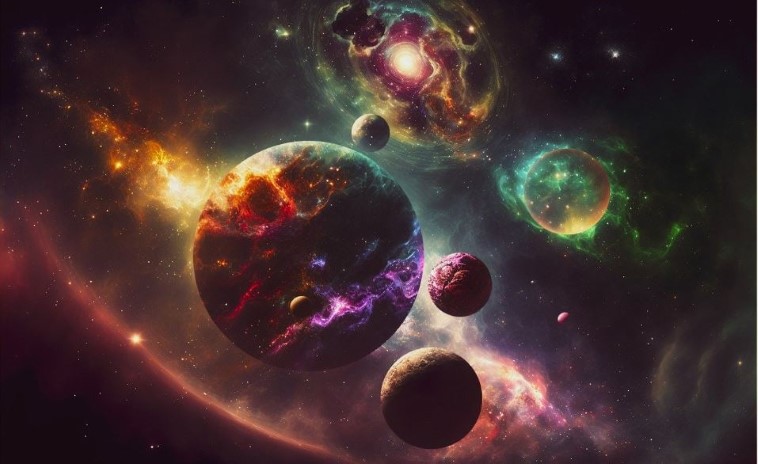Our expanding universe

Yes, the universe is expanding, and this has not been news for a long time. The idea itself appeared in the late twenties of the last century in the works of Georges Lemaitre, Alexander Friedman, etc. The problem is nobody believed them.
But a few years later, Edwin Hubble, the famous American astronomer and the greatest astronomical observer of the twentieth century, practically proved this expansion by observing that the red shifts increase with the distance of the galaxy.
It took some time until theory and practice were harmonized, and since then schools teach that our universe is expanding. But what actually spreads and how is sometimes not very clear.
Every hour, the Virgo cluster of galaxies moves away from us by five million kilometers. The greater the distance between galaxies, the faster they are moving away from us, but also from each other.
However, there are exceptions to this cosmic rule. The large galaxy in Andromeda, also known as M31, is not only not moving away from us, but is rushing towards us at a speed of 400 thousand kilometers per hour. And it is not the only one approaching us.
Where does this movement of galaxies come from?

The answer is simple. The expansion of space, which, like the waves of the sea, carry everything that is on them, is resisted by gravity. Gravity is the attractive force between material objects and the greater the mass of the object, the stronger the gravity.
Gravity is a powerful force because it acts infinitely far away, but its strength decreases with distance and that is why it loses the battle with space at great distances and it expands more and more. But within something as tiny as galaxies and even clusters of galaxies, gravity wins. At least for now.
That’s why clustered galaxies stick together. M31 and the Milky Way belong to a galaxy cluster with about fifty members that we call the Local Cluster. From our point of view, all other galaxies, outside the cluster, are rapidly moving away from us. In 150 billion years all those outside the cluster will have dissipated and some future astronomers will see only a few galaxies left in the sky.
Space is expanding and in its distant regions (observed from our position) it is taking galaxies with it so fast that the light from them does not manage to reach us, because they are moving away at a speed that exceeds the speed of light!
Speed increases with distance, and this is true for all points in space. Wherever you are, you will see that the galaxies are moving away from you as fast as they are further away from you.
But how is that possible? How is it possible that distant galaxies are moving away from us and from everything else at a speed greater than the speed of light?
Well, it’s a great trick of nature: galaxies are moving away at an incredible speed, what’s more, an impossible speed even though they’re actually standing still and not moving. The point is this: nothing material, nothing that has mass can move at the speed of light.
But that law applies only to matter, not to space. That law does not prevent space from expanding at an arbitrary rate. So, the galaxies are standing still, (not moving through space), but the space between them is expanding.
As space expands, the distances between galaxies (and their clusters) increase.
An experiment to help understand and remember this is to take a balloon and stick a few shapes cut from paper, for example. A few of them are enough to understand the point of the story. Then blow up the balloon.
As the balloon expands, the spots move away from each other because the space between them increases. Notice also that they do not expand by themselves (after all, they are made of paper in our example). And the more space there is between the spots, the faster they move away from each other.
Want to read more about the universe? Visit our blog!
